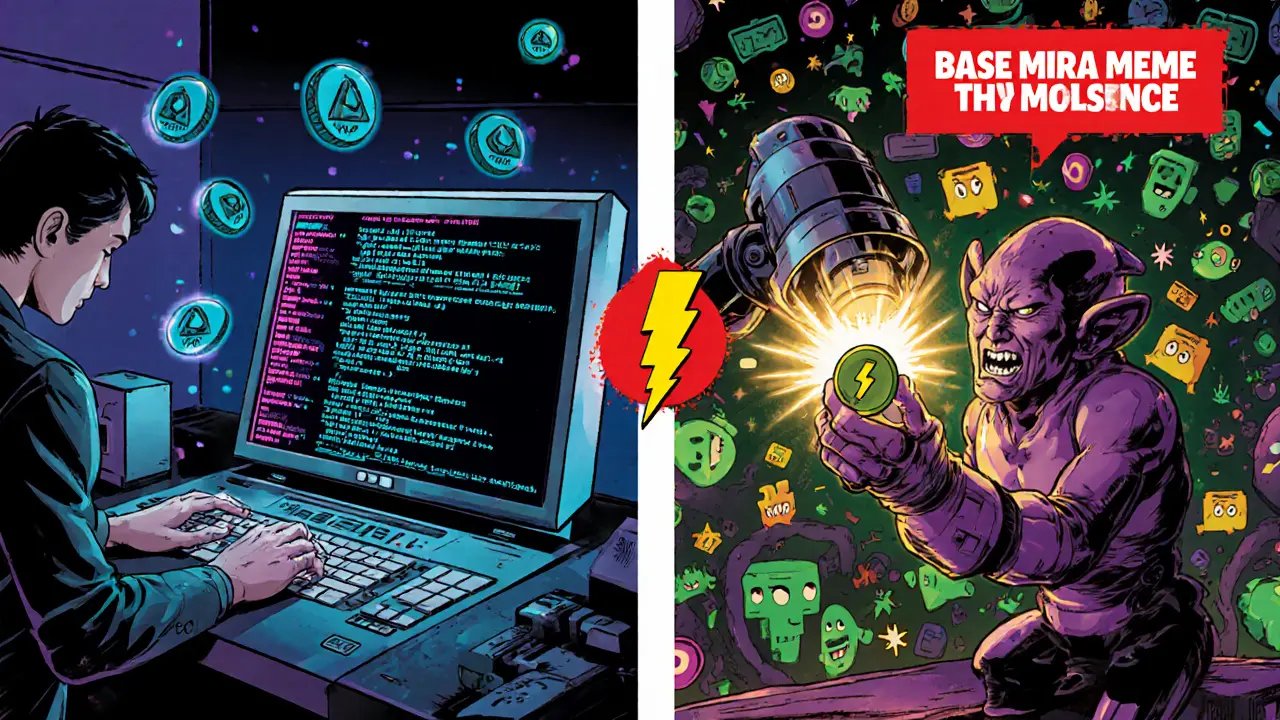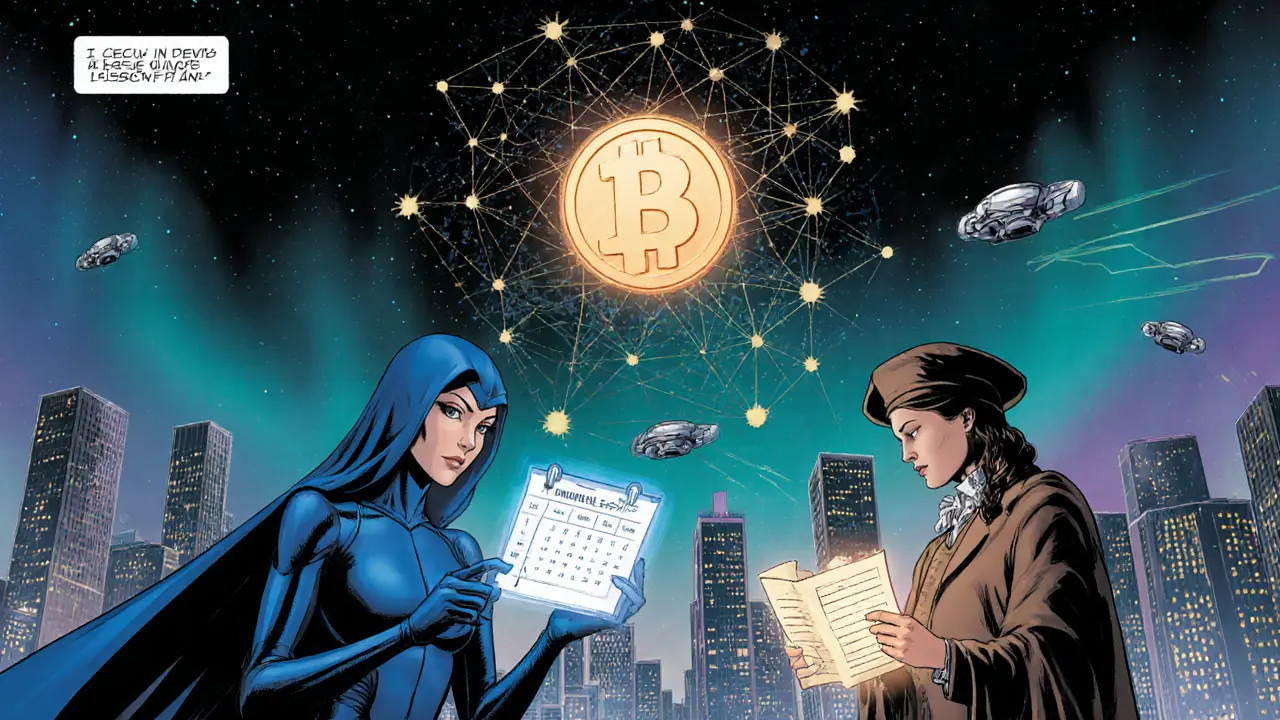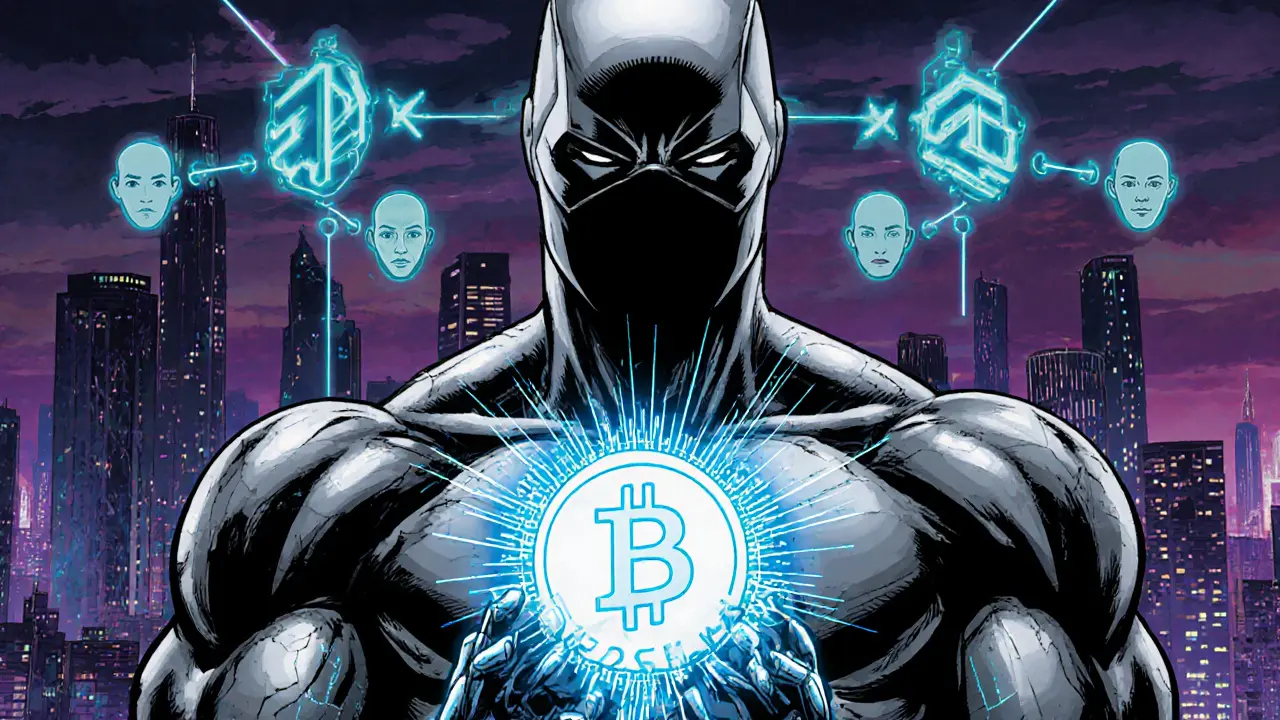Mira (MIRA) Token Calculator
Investment Summary
Enter your investment details and click "Calculate Investment Value" to see results.
Token Comparison: Base MIRA vs. Solana MIRA
- Blockchain: Base (Ethereum L2) vs. Solana
- Use Case: AI verification & network incentives vs. Charity donations & meme community
- Token Standard: ERC-20 vs. SPL
- Market Cap (Oct 2025): ≈ $130M vs. ≈ $2M
- Current Price: $0.593 vs. $0.000247
Warning: Always verify the contract address (0x... on Base) before purchasing to avoid confusion with the Solana-based meme token.
When you hear the buzz around AI and blockchain, Mira (MIRA) is the project that tries to stitch the two together. It’s a decentralized verification network that lets AI models prove their outputs are trustworthy without a human in the loop. In plain English, Mira aims to make AI‑driven decisions-like diagnosing a patient or approving a loan-reliable enough for regulated industries.
Key Takeaways
- Mira runs on the Base blockchain as an ERC‑20 token.
- The token powers the network, pays for API usage, enables staking, and serves as governance.
- Verified Generate API claims >95% accuracy, reducing the need for manual verification.
- As of Oct2025, MIRA trades around $0.593 with a market cap of $130M.
- Be aware of a separate Solana‑based MIRA token that is unrelated.
What Is Mira (MIRA)?
Mira (MIRA) is a decentralized verification network token designed to secure AI outputs through blockchain consensus across multiple models. The idea is simple: instead of trusting a single AI black box, many models submit their results, and the blockchain reaches a consensus, creating a cryptographic proof of correctness.
The project is backed by well‑known investors such as Balaji Srinivasan, co‑founder of Polygon and former Coinbase CTO, as well as Sandeep Nailwal (Polygon co‑founder), Alex Svanevik (Nansen CEO), Framework Ventures and Mechanism Capital. Their involvement adds strategic expertise and credibility.
How the MIRA Token Works
The token lives on the Base blockchain, a layer‑2 solution built on Ethereum for low‑cost transactions. It follows the ERC‑20 standard, meaning it’s compatible with any wallet that supports Ethereum tokens.
Four core functions power the ecosystem:
- Economic Incentive: Nodes that verify AI outputs earn MIRA as a reward.
- Medium of Exchange: Developers pay for API calls, data storage, and compute with MIRA.
- Governance: Holders can vote on protocol upgrades, fee structures, and new verification models.
- Staking: Stakers lock MIRA to secure the network and receive a portion of verification fees.
The total supply is capped at 1billion tokens, with a circulating supply of roughly 220million as of October2025.
Market Performance and Trading Activity
Despite being a niche token, MIRA sees respectable liquidity on 12 major exchanges, including Binance, Upbit, Bitget, and Huobi Global. The dominant pair is MIRA/USDT, accounting for about 60% of daily volume.
Recent price action shows a modest up‑trend: +0.7% in 24hours, +4.7% over a week, +16.6% in two weeks, and +28.9% in the last month. A sharp spike from $1.22 to $2.68 on September262025 followed a Binance listing announcement, then corrected as airdrop recipients took profits.
24‑hour trading volume surged to $3.79M-a 9,754% jump-indicating renewed interest from both traders and developers seeking API access.

Ecosystem & Real‑World Use Cases
More than 1million users are already interacting with Mira‑powered apps. Two flagship products illustrate practical value:
- Klok: A scheduling assistant that uses Mira’s verification layer to ensure time‑slot suggestions comply with corporate policies without exposing sensitive calendar data.
- Learnrite: An edtech platform where AI‑generated lesson plans are cryptographically validated, guaranteeing they meet curriculum standards before reaching teachers.
Beyond consumer apps, the network offers infrastructure for autonomous AI agents-authentication, payment processing, memory management, and compute coordination-making it a backbone for future AI‑driven businesses.
Tokenomics, Funding, and Governance
The project raised $600K in a Node Sale (January16‑172025) and $9.85M across all rounds. These funds support node incentives, developer grants, and cross‑chain integrations.
Governance is on‑chain: proposals are submitted via the MIRA token holder dashboard, and voting power is proportional to staked tokens. This model aims to keep decision‑making decentralized while allowing rapid iteration.
Potential Risks & the Solana MIRA Confusion
Investors must keep two things in mind:
- Regulatory Uncertainty: AI verification in regulated sectors (healthcare, finance) may face strict compliance requirements that could slow adoption.
- Token Naming Clash: A separate MIRA token exists on the Solana blockchain, trading at $0.000247 and marketed as a meme‑charity coin. It has a completely different contract address and use case. Mistaking one for the other could lead to costly errors.
Always verify the contract address (0x… on Base) before buying.
Comparison: Base MIRA vs. Solana MIRA
| Attribute | Base MIRA (ERC‑20) | Solana MIRA (Meme/Charity) |
|---|---|---|
| Blockchain | Base (Ethereum L2) | Solana |
| Primary Use‑Case | AI verification & network incentives | Charity donations & meme community |
| Token Standard | ERC‑20 | SPL (Solana Program Library) |
| Market Cap (Oct2025) | ≈ $130M | ≈ $2M |
| Current Price | $0.593 | $0.000247 |
Future Outlook
The AI‑blockchain intersection is still in its infancy, and Mira’s cross‑chain verification could become a critical layer as multi‑chain ecosystems mature. If regulatory frameworks clarify AI‑generated data liability, Mira’s proof‑of‑correctness could be a mandatory compliance tool for banks, insurers, and hospitals.
Competition is heating up-projects like Fetch.ai and SingularityNET also target AI on‑chain-but Mira’s focus on high‑stakes verification and its strong investor backing give it a solid runway. Expect more SDK releases, broader language support for the Verified Generate API, and deeper integrations with enterprise data pipelines over the next 12‑18 months.

Frequently Asked Questions
What problem does Mira aim to solve?
Mira tackles the trust gap in AI outputs by using a decentralized consensus mechanism. Instead of trusting a single model, multiple models submit results, and the blockchain records a proof that the answer meets a predefined accuracy threshold.
How can developers use MIRA?
Developers integrate the Verified Generate API via a standard OpenAI‑compatible endpoint. They pay for each call using MIRA tokens, and the API returns both the AI result and a cryptographic proof of verification.
Is Mira a good investment?
Investment suitability depends on risk tolerance. Mira offers exposure to the growing AI‑verification niche, but the token price is volatile and regulatory risk remains high. Diversify and only allocate funds you can afford to lose.
How does staking work on Mira?
Token holders lock MIRA in a staking contract. Stakers are selected to run verification nodes and earn a share of the fees collected from API users. Staked tokens also count toward governance voting power.
What should I check before buying MIRA?
Confirm you are buying the ERC‑20 token on the Base blockchain (contract address starts with 0x...). Avoid the Solana‑based meme token that shares the same ticker but serves a completely different purpose.
Where can I trade MIRA?
MIRA is listed on Binance, Upbit, Bitget, Huobi Global, and several smaller DEXes on Base. The MIRA/USDT pair provides the deepest liquidity.
What is the future roadmap for the network?
The team plans to launch multi‑chain verification (Ethereum, Polygon, and Avalanche), expand the API SDKs to Rust and Java, and introduce privacy‑preserving proof systems (zk‑SNARKs) for ultra‑sensitive data.


Jessica Smith
October 4, 2025 AT 00:13And that $130M market cap? Please. Half of it’s bots and wash trading. I’ve seen this movie before.
Petrina Baldwin
October 4, 2025 AT 01:56Ralph Nicolay
October 4, 2025 AT 22:21sundar M
October 5, 2025 AT 10:04Nick Carey
October 5, 2025 AT 23:53Sonu Singh
October 6, 2025 AT 01:51Peter Schwalm
October 6, 2025 AT 17:47Alex Horville
October 7, 2025 AT 06:29Marianne Sivertsen
October 8, 2025 AT 01:39Shruti rana Rana
October 8, 2025 AT 11:43Stephanie Alya
October 9, 2025 AT 00:28